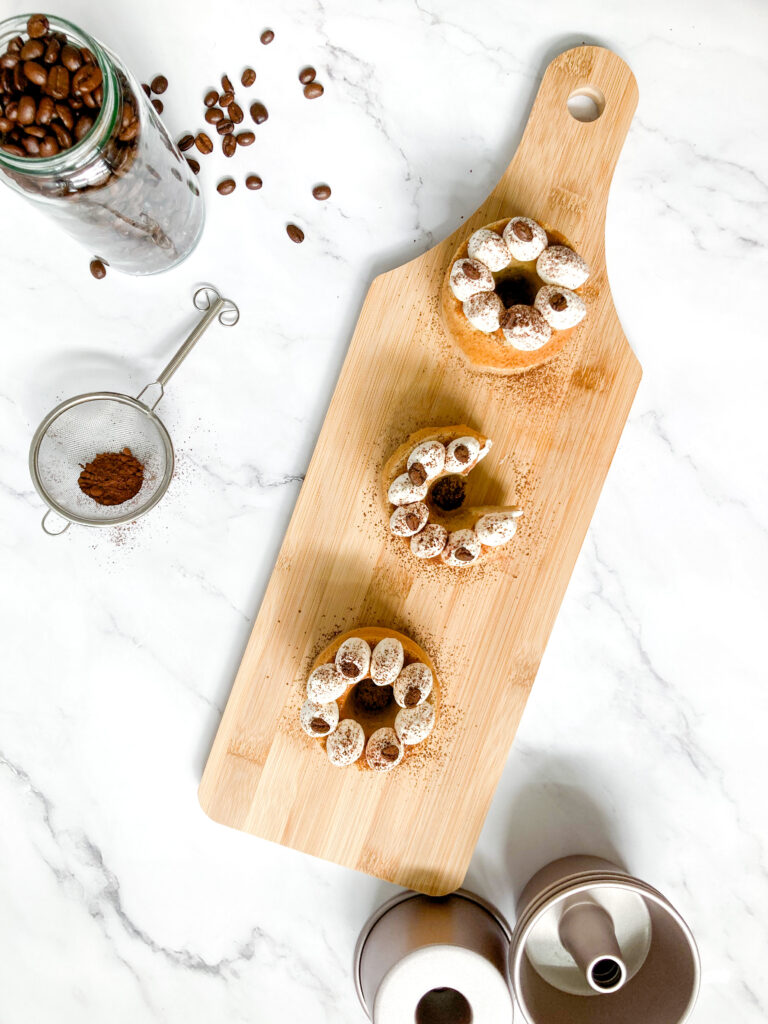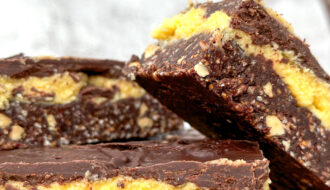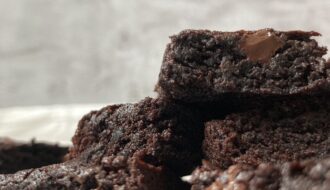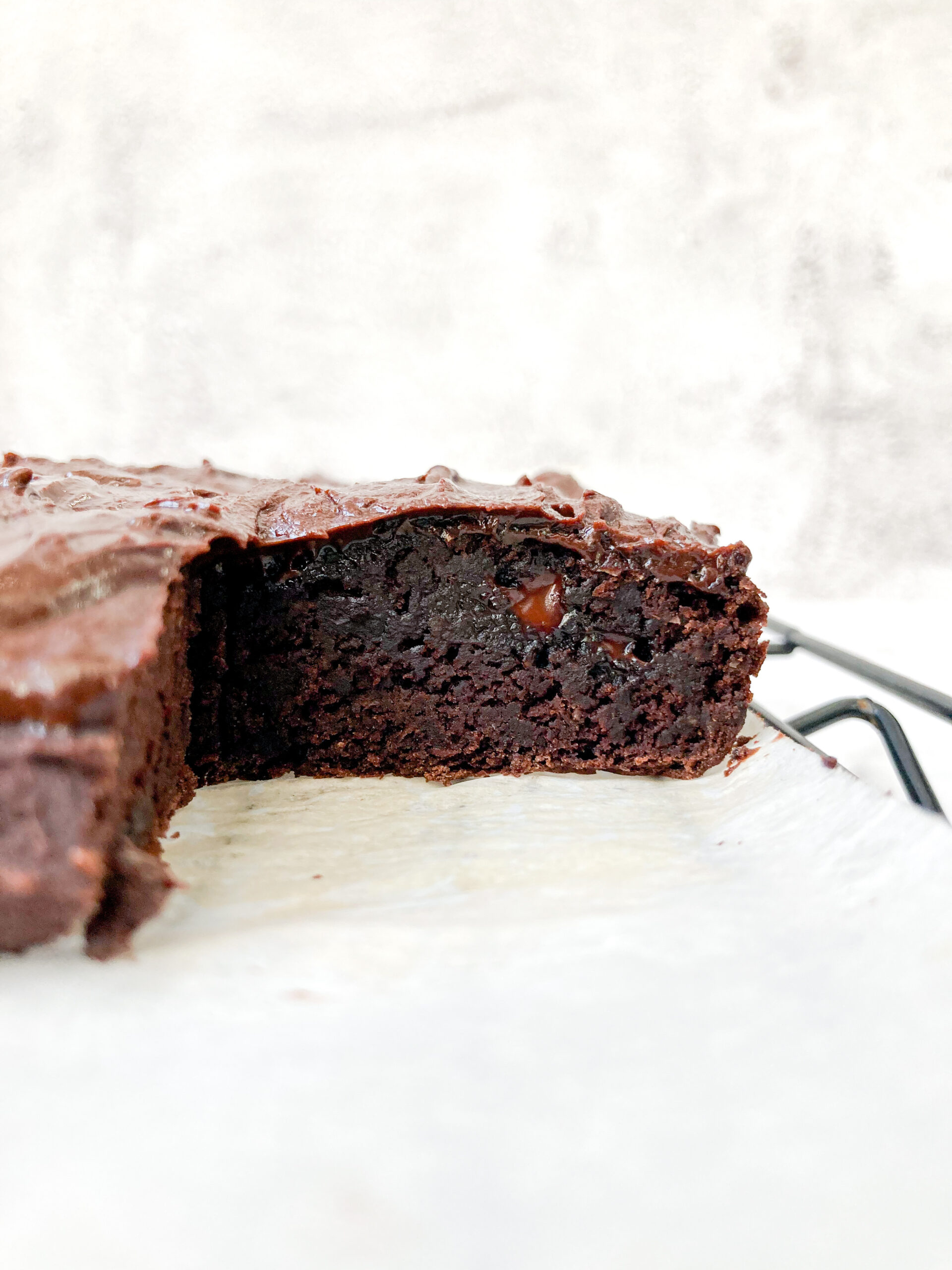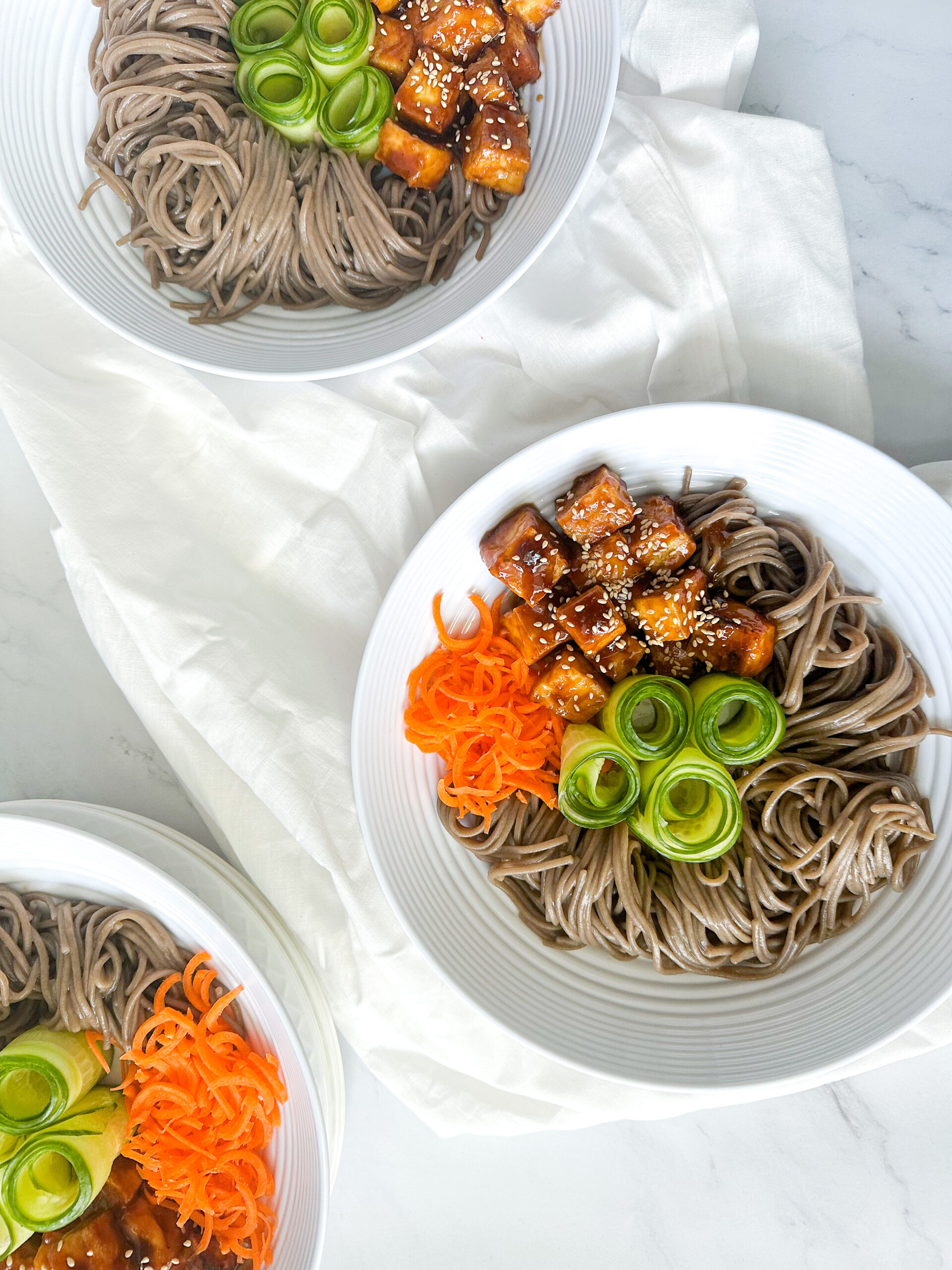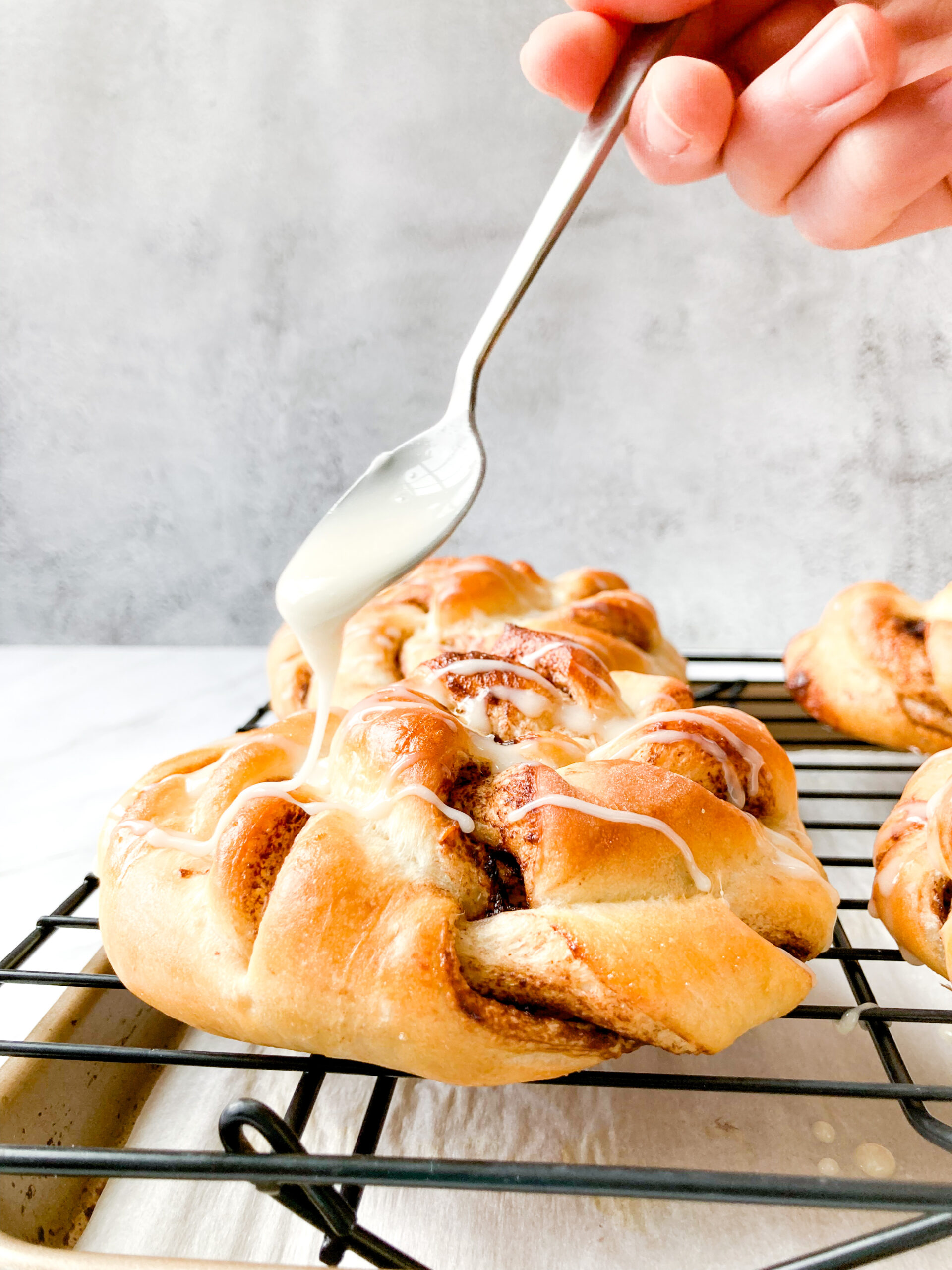These mini chiffon cakes are great for a little dessert if you don’t want leftovers. Not too sweet and not too bitter, it just hits the spot!
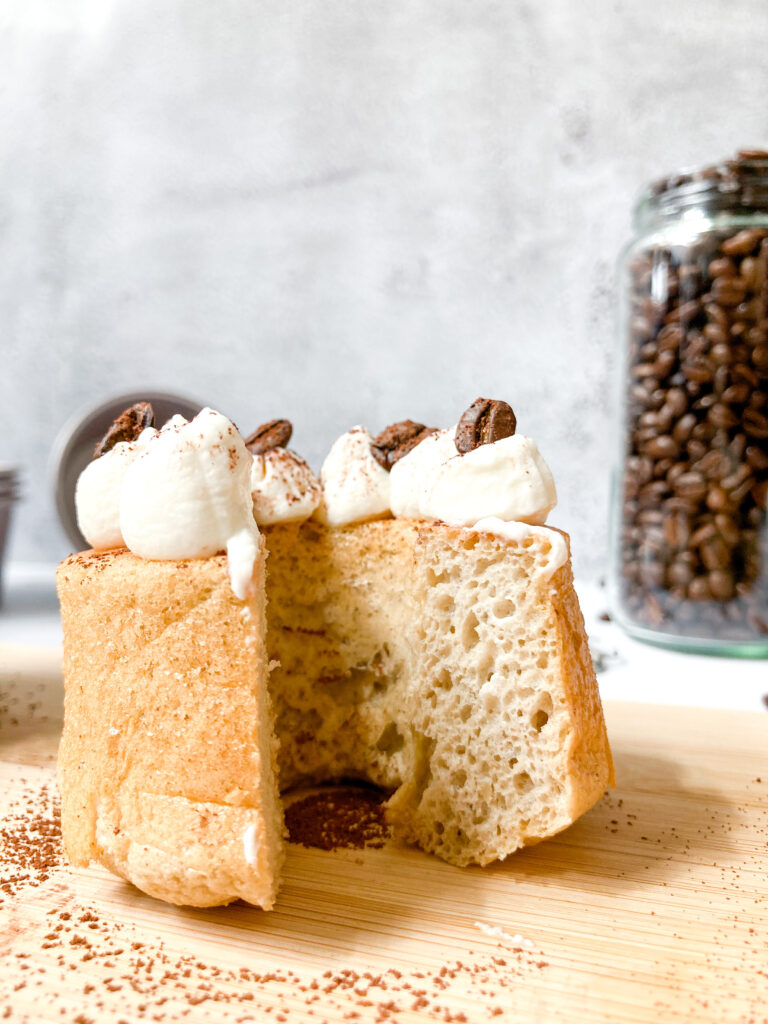
Key Features of Chiffon Cakes
- Because beaten egg whites are used to provide structure and air, chiffon cakes have a light and fluffy texture.
- Vegetable oil coats flour particles to prevent gluten production, which adds to the cake’s softness.
- Baking powder improves the cake’s stability and rise by acting as a chemical leavening agent.
- The dry components are hydrated and given sweetness and moisture by the addition of water and sugar syrup.
- The lightness and even distribution of air in the cake are maintained by folding beaten egg whites into the mixture.
- When using a tube pan to bake, baking at a moderate temperature promotes consistent baking and reduces collapse after removal.
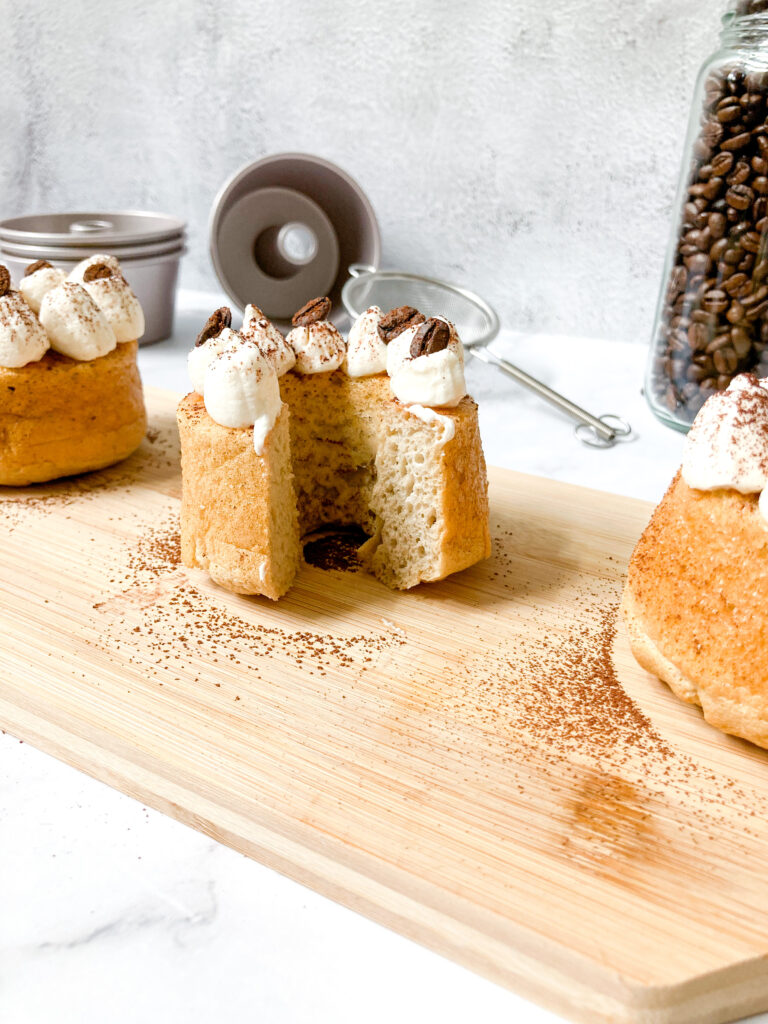
Why Separate the Egg Yolks and Whites?
Making chiffon cakes requires the separation of the egg yolks and whites, which is a critical step in obtaining the cake’s characteristic light and airy texture. The procedure accomplishes two essential goals. First off, when added to the batter, beaten egg whites serve as a natural leavener. Air is drawn into the protein structure of the egg whites as they are whisked, creating tiny bubbles that enlarge during baking to give the cake its distinctive fluffiness. Second, the egg yolks give the cake structure and moisture. The egg yolks hydrate the dry components in the batter while hydrating the cake with their water content and fat content.
